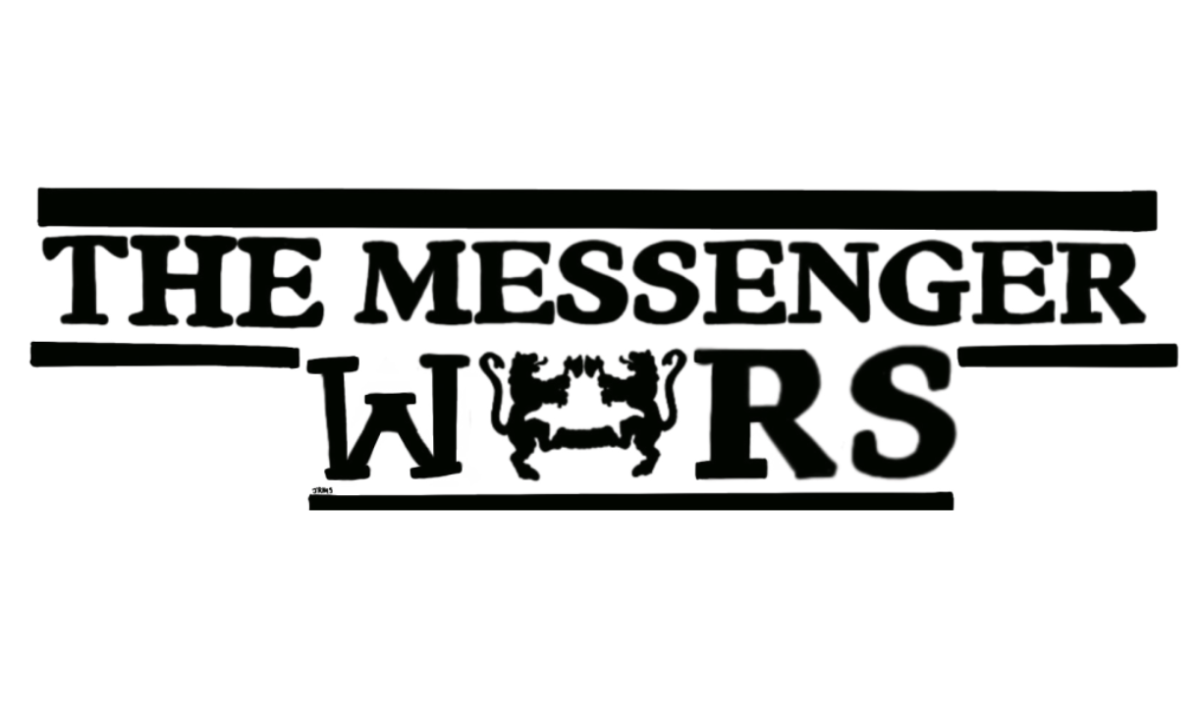In the months following the election fake news has continued to be a topic of intense debate, as it affects Americans’ relationships to social media. Most of us have that one aunt who posts articles on Facebook from sketchy sources and stubbornly defends her version of the “truth.” Several of us have been embarrassed by falling into a fake news trap and citing phony articles to friends only to be corrected by everyone who knew better. With media affecting the political arena more intensely every day, distinguishing between verified and unverified sources grows in importance. It is time to incorporate media literacy in educational curriculums.
Social media has been held accountable and even blamed by various politicians for influencing the election’s results, attesting to the fact that the internet has an enormous impact on our society. If social media can sway our vote, it is essential that our choices are based on accurate information.
On many college campuses across the country, political science and media studies departments have implemented projects which focus on discerning fake news from real stories. Elementary school teachers have also realized the importance of changing the curriculum to include coursework that teaches students how to evaluate the sources that they come across online. This is especially valuable, as education scholars at Stanford claim that children in grades K through five cannot tell the difference between real and fake news, specifically when the biased sources are sponsored. An effective media literacy program can go a long way in preventing these misunderstandings.
The Stanford History Education Group (SHEG) began their study on media literacy in January 2015. They conducted assessments from elementary to collegiate education levels and found that most students could not tell a verified article from an unverified one, which isn’t surprising given the large number of fake sources dispersed online. SHEG’s assessment focused on key social media conventions such as the blue checkmark that signifies whether an account is verified by Facebook or Twitter.
In the study, over 30 percent of high school students believed that the fake news account was real because of the graphic content it posted. The authors of the study concluded that most students focus more on the content of the media articles than the sources these articles get their material from.
SHEG is now launching media literacy programs in California high schools in an attempt to make media literacy a core part of public curriculum. Several schools are teaching their students new skills, such as using source analysis and developing a critical approach to research. Several teachers have created incredibly intuitive activities for their students to accomplish these goals.
Scott Bedley, a fifth-grade teacher at Plaza Vista School in Irvine, Calif., has created a seven-step list that helps his students identify the difference between a fake news source and a real one. Bedley includes questions concerning the source of the article, if it has a copyright, as well as whether or not it was authored by an expert in a relevant field. As the list is adapted for elementary school students it is simplified, but even still I find that most adults don’t bother to follow these guidelines before posting on Facebook or using an article to back up their political beliefs. If we used checklists like Bedley’s more frequently, we could avoid being duped by fictitious news stories.
While simple, the tips for deciphering the validity of a source are crucial in determining whether or not the articles we read are fact or fiction. Many of us were taught at an early age not to trust internet sources or Wikipedia when doing research projects. We take for granted the fact that we were initially wary of the internet, while kids today have a more confident relationship with social media and internet news sources. After all, every time someone asks you a question that you don’t know the answer to, the usual response is “I don’t know. Look it up online.”
Danielle Sovereign ’18 ([email protected]) is from South Chicago Heights, Ill. She majors in English and French.


